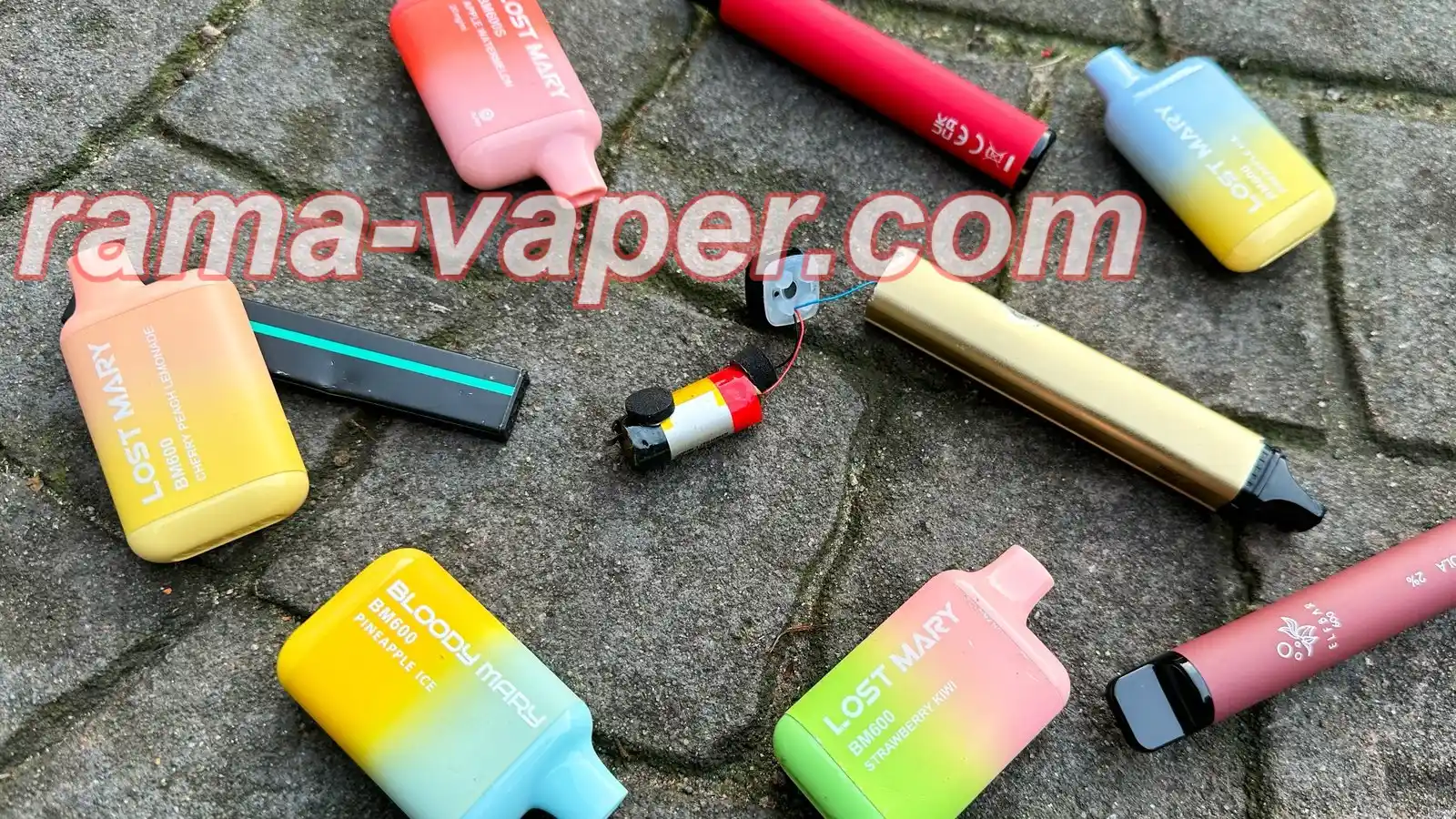58% of Young People Prefer Disposable Vapes: A Growing Trend Among Gen Z
A recent survey on vaping among Generation Z in the United States revealed trends in their usage patterns and psychological motivations, dispelling many common misconceptions about vaping and providing new insights for marketers and public health experts on how to more effectively target this young audience. The survey showed that the vaping rate in the U.S. is 16%, much lower than the smoking rate for traditional cigarettes. This figure indicates that vaping is not viewed by most users as a smoking cessation tool but rather as a new form of addiction, a trend that raises concerns about vaping addiction.
Motivations Behind Vaping
According to the survey, Generation Z vapers are primarily motivated by several factors. 40% of respondents stated that the main reason they use vapes is to relieve stress. In modern society, especially among young people, there is significant pressure from academics, employment, and daily life. Vaping offers a relatively quick way to release this stress, which is one reason why it is so popular among young people. The nicotine in vapes can quickly stimulate the brain and produce a pleasurable feeling, helping users alleviate tension or anxiety.
Next, 30% of respondents said that the flavors of vapes attracted them. Vape flavors are diverse, including fruit, mint, chocolate, and other options, and some brands even offer unique limited-edition flavors. The variety of flavors makes vaping not just a smoking tool but also a symbol of fashion, aligning with the desire of young people for individuality and diversity.
25% of users mentioned that tobacco addiction was the reason they started using vapes. For some long-term smokers, vaping has become a substitute for traditional cigarettes. Although it is believed to carry certain health risks, the addictive nature of nicotine makes quitting smoking extremely difficult. Many smokers attempt to reduce or quit traditional cigarettes by using vapes, but most face significant challenges in the process.
Additionally, 24% of respondents said that the relatively low cost of vapes was an important factor in their choice. Compared to the increasingly expensive traditional cigarettes, vapes are more affordable for many young people, especially those who rely on them to relieve stress or satisfy their nicotine cravings. The price appeal should not be underestimated.
Vaping Habits
The survey also revealed the vaping habits of young people. 58% of vapers prefer disposable vapes, as these are not only convenient to use but also relatively inexpensive. For many young people, disposable rama vape satisfy their usage needs without the concern of long-term maintenance or cleaning. Therefore, the popularity of disposable vapes reflects this generation's preference for fast, convenient lifestyles.
The locations where vapes are used are also worth noting. 45% of respondents said they typically use vapes at home, while another 34% use them in social settings like bars and clubs. This shows that vaping is increasingly seen as a social tool. Many young people choose to vape while gathering with friends, enjoying the social enjoyment and relaxation it provides. In some cases, vaping has even become part of social etiquette.
Although vaping has become a part of daily life in many settings, it is worth noting that the survey also showed that nearly two-thirds of Generation Z vapers have attempted to quit or reduce their vaping usage. However, the quitting process is not easy. About half of the users said they found it very difficult to quit nicotine addiction, which suggests that for some users, vaping has created a dependency similar to traditional cigarettes.
Concerns About the Long-Term Effects of Vaping
Despite the widespread appeal of vaping among young people, the survey results also showed that many vapers have concerns about the long-term health effects of vaping. A large number of young users are eager to learn about the ingredients in rama vape bluetooth and their potential impact on health. Many respondents stated that they want to access more scientific information about vaping, particularly research on its long-term effects on the lungs, cardiovascular system, and overall health. Generation Z does not fully understand or have a unified awareness of the long-term effects of vaping. This phenomenon highlights the lack of sufficient scientific guidance and reliable information sources for young people regarding vaping.
As a result, these young individuals are more likely to trust personal experiences and health information from their peers, friends, and family members. They believe that real-life experiences from other vapers and positive messages about healthier lifestyles are more likely to inspire them to reflect on and self-regulate their vaping habits. Relying solely on educational messages from the government or healthcare institutions has not captured their attention.
The Failure of Traditional Scare Ads and the Need for New Strategies
In the public health policies surrounding vaping control, traditional scare advertising strategies have gradually lost effectiveness. In the past, public health ads often used shocking imagery and disturbing scenes to convey the dangers of smoking to young people. The goal of these ads was to evoke fear and crisis awareness, compelling viewers to reconsider their behavior and reduce smoking rates. However, this approach has proven ineffective for today’s young people, especially Generation Z. As advertising expert Dee Madigan points out, young people often fail to recognize the risks they face and do not connect these alarming scenes with their own behavior.
This situation reflects the loss of effectiveness of the “shock and scare” approach in the current generation. Instead of using strong visual impacts to educate young people, a more resonant approach is needed—one that uses humor, satire, and even friendly communication to guide them toward reconsidering and changing their smoking behavior. These young people are not interested in traditional ads and are more likely to be moved by real stories that relate to their daily lives.
Omnichannel Communication Strategy
The survey also showed that vaping occurs at all times of the day, meaning that an omnichannel communication strategy is more effective than traditional prime-time TV ads. Today’s Generation Z is accustomed to fragmented digital media consumption, with social platforms like TikTok and Instagram being important channels for them to access information. Therefore, vaping promotions targeting this group should focus on advertising on these platforms and interact with content relevant to their daily lives to better engage this target audience.
In the U.S. government’s anti-vaping measures, significant funds have been pledged to reduce vaping in the coming years. These funds will primarily support public health programs aimed at lowering vaping and smoking rates and finding the most effective intervention methods. In terms of media strategy, the focus should be on highly indexed fields such as gaming, fashion, beauty, and sports. By placing ads in these areas and combining precision digital marketing, it will be more effective in reaching young audiences and delivering health risk information about vaping.
Conclusion
Overall, Generation Z’s use of vapes shows a complex and diversified trend. Vaping is not just a health issue; it is closely related to young people’s stress management, social needs, and lifestyles. Public health interventions targeting this group must deeply understand their needs and behavior patterns and adopt more tailored communication strategies rather than relying on traditional scare ads. Through omnichannel precision communication, real story sharing, and more scientific health education, we can effectively reduce this generation’s dependence on vapes and help them make healthier lifestyle choices.
